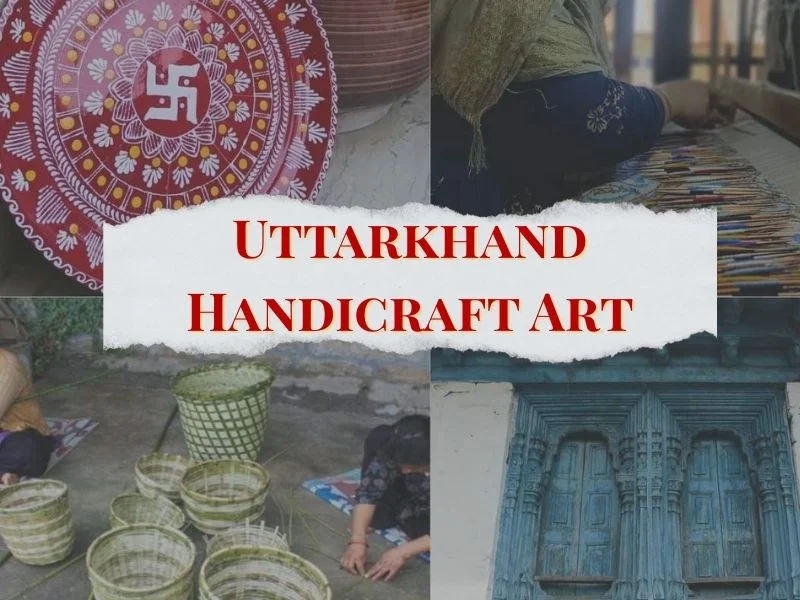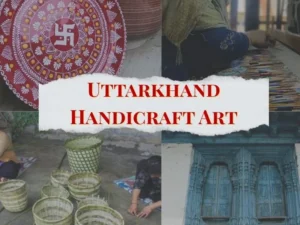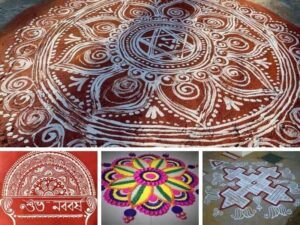“Where every thread, every motif, and every color tells a story.”
In the hills of Uttarakhand, where clouds touch the rooftops and rivers sing songs, thrives a world of Uttarakhand Handicraft Art that remains alive with its soul and authenticity, even in the age of machines.
Be it the white lines of Kumaoni Aipan, the weaving of Garhwali Ringal bamboo, or the warmth of woolen Pashmina shawls – every craft carries the fragrance of the mountains and the heart of its people.
This art is not just something to look at, but to touch, feel, and live.
Digital prints may create thousands of copies, but a handcrafted piece by an artisan… that remains one of a kind – and that is its greatest strength.
Why is Uttarakhand’s Handicraft Art Unique?
Uttarakhand is not just the home of natural beauty, but its traditional handicrafts also hold a unique place in the world.
The purpose of Aipankari is to connect these rare and culturally rich arts with the modern world and pass them on to the next generation.
Let’s explore some of the most special handicrafts of Uttarakhand:
1. Aipan (Aipan Art)
This is Kumaon’s folk/ritual art, drawn on house walls and floors during festivals, weddings, and religious occasions, using rice paste on a red background (Geru).
Traditionally made by women, this art symbolizes auspiciousness and protection from evil.
It received the GI Tag in December 2021, highlighting its uniqueness and safeguarding its legacy.
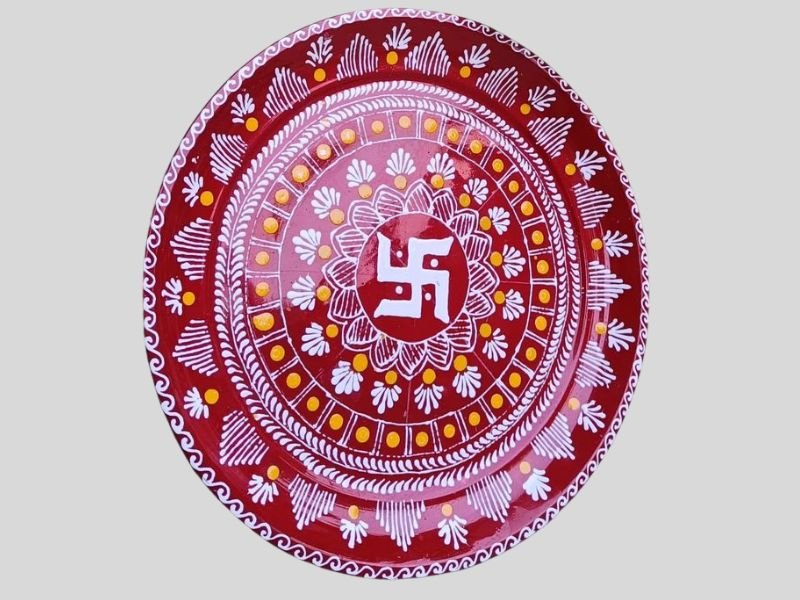
2. Ringal Craft
In districts like Chamoli, Bageshwar, and Almora, Ringal (a kind of bamboo) is woven into baskets, mats, trays, and household items.
This craft is eco-friendly, durable, and products often last 20–25 years.
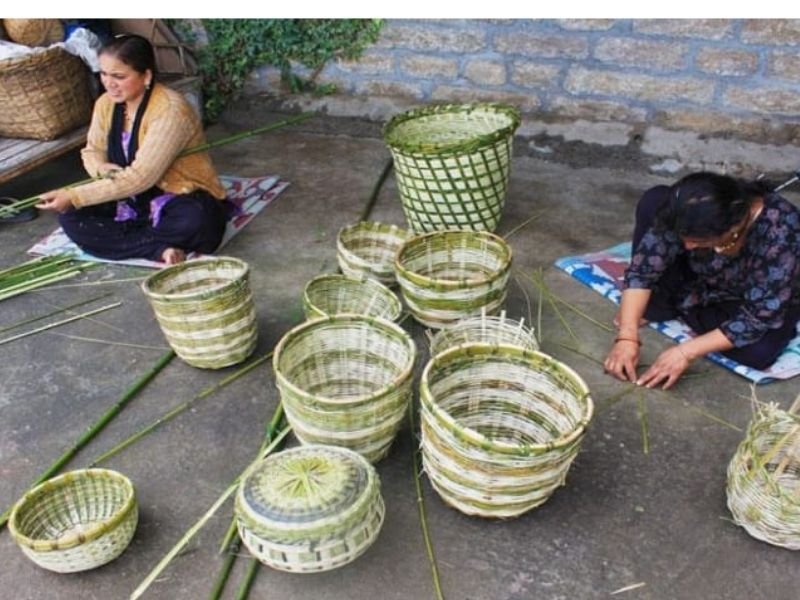
3. Likhai (Wood Carving)
The wooden carvings of Uttarakhand, called Likhai, appear on temples, windows, doors, and pillars.
They feature intricate floral, deity, and geometric patterns.
This craft is passed down through traditional apprenticeships, and even today, master artisans keep it alive.
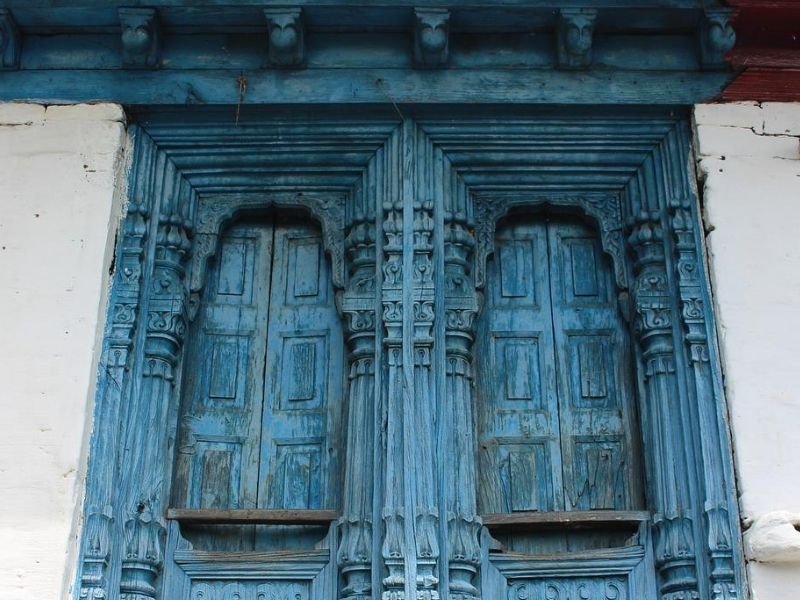
4. Bhankora & Metalwork
The Tamta artisan community of Uttarakhand creates the Bhankora, a wind instrument used during rituals, festivals, and folk plays.
They also craft statues, utensils, religious tools, and household items made of copper and brass.
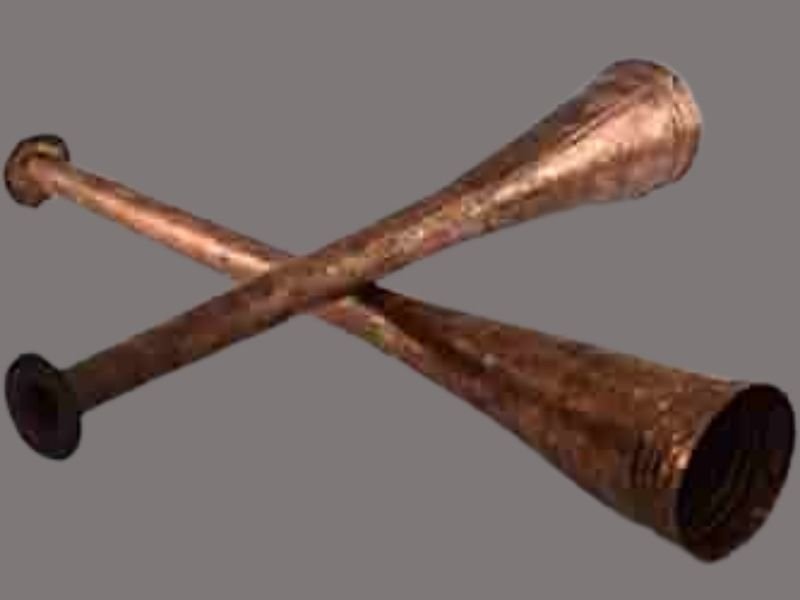
5. Wool & Textiles (Pashmina, Angora, Woollen Crafts)
Regions like Almora, Bageshwar, Nainital, and Dehradun are known for shawls, caps, carpets, and blankets made of Pashmina and Angora wool.
Their designs are often influenced by Tibetan traditions and beautifully connect textiles with the culture of the mountains.
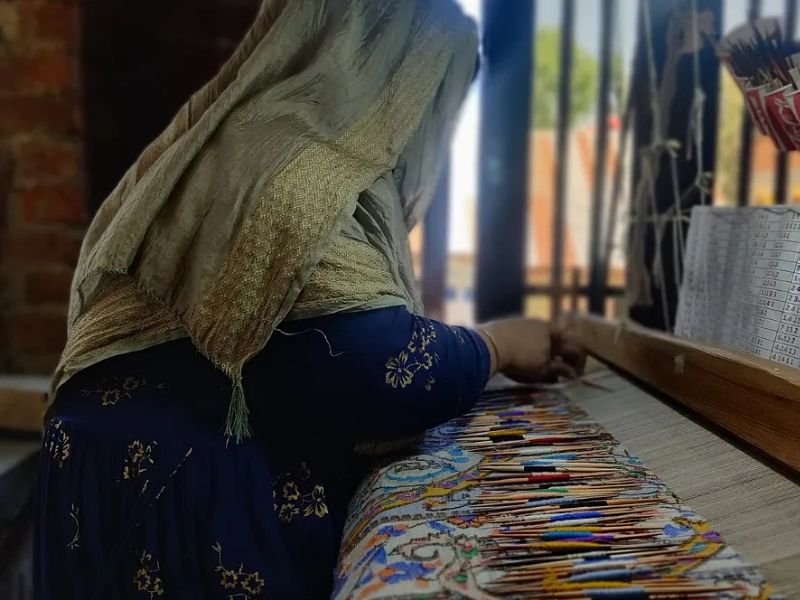
6. Pichora (Traditional Stole)
The “Pichora” is a red, white, or saffron-colored stole, worn by Kumaoni women on auspicious occasions.
Handwoven and decorated with symbolic patterns, it holds deep cultural and spiritual value.
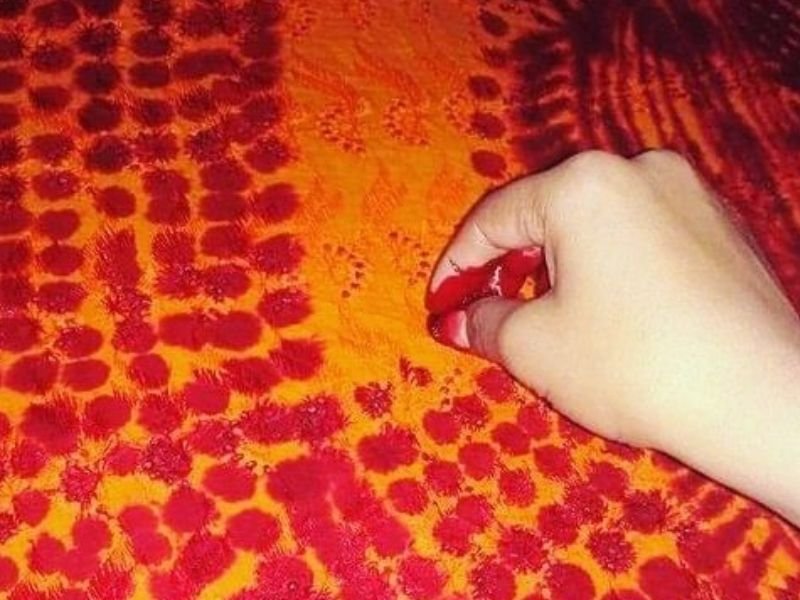
Summary – At a Glance: Uttarakhand Handicraft Art
| Art Form | Region/Community | Key Features |
|---|---|---|
| Aipan Art | Kumaon villages | Auspicious, GI-Tagged |
| Ringal Craft | Kumaon districts | Durable, eco-friendly |
| Likhai (Wood Carving) | Kumaon & Garhwal | Temple carvings, traditional skill |
| Bhankora & Metalwork | Tamta community | Ritual objects, copper & brass |
| Woollen Textiles | Almora, Nainital, Pithoragarh | Pashmina, carpets, Tibetan influence |
| Pichora Stole | Kumaoni culture | Traditional attire, cultural identity |
Why Uttarakhand’s Handicraft Art Stands Apart
- Uniqueness – Each piece is rare and distinctive
- Human Touch – Every design carries the artisan’s heart and effort
- Cultural Blend – Folk tales and traditions woven into every craft
- Limited Production – Not mass-produced, hence rare and valuable
- Eco-friendly – Made with natural materials
Uttarakhand’s Handicraft Art is not just craft, but a living symbol of culture, tradition, and identity.
Aipankari aims not only to preserve these treasures but to share them with the world.

